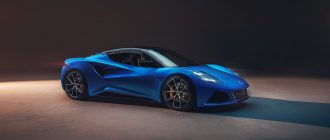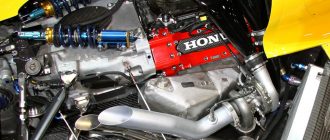What’s the Biggest Car Engine?
The World’s Largest Car Engine
The world’s largest car engine is the W16 8.0L quad-turbocharged engine found in the Bugatti Chiron Super Sport 300+. This engine produces 1,578 horsepower and 1,180 lb-ft of torque, making it the most powerful engine ever installed in a production car. The Chiron Super Sport 300+ is capable of reaching speeds of over 300 mph, making it the fastest production car in the world.
Other Large Car Engines
The Bugatti Chiron Super Sport 300+ is not the only car with a large engine. Here are a few other notable examples:
- Dodge Demon 6.2L supercharged V8 – 840 horsepower, 770 lb-ft of torque
- Chevrolet Camaro ZL1 6.2L supercharged V8 – 650 horsepower, 650 lb-ft of torque
- Ford Mustang Shelby GT500 5.2L supercharged V8 – 760 horsepower, 625 lb-ft of torque
- McLaren 720S 4.0L twin-turbocharged V8 – 710 horsepower, 568 lb-ft of torque
- Ferrari 812 Superfast 6.5L naturally aspirated V12 – 789 horsepower, 530 lb-ft of torque
Why Do Some Cars Have Large Engines?
There are a few reasons why some cars have large engines. First, large engines can produce more power and torque, which can lead to improved acceleration and top speed. Second, large engines can provide better towing and hauling capabilities. Third, large engines can make a car feel more luxurious and powerful.
Disadvantages of Large Car Engines
There are also some disadvantages to large car engines. First, large engines can be more expensive to purchase and maintain. Second, large engines can consume more fuel, which can lead to higher operating costs. Third, large engines can make a car heavier, which can affect handling and performance.
Conclusion
The size of a car engine is an important factor to consider when choosing a vehicle. Larger engines can provide more power and torque, but they also come with some disadvantages. Ultimately, the best engine size for a particular car depends on the individual driver’s needs and preferences.




